In the heart of China’s Shanxi Province stands a remarkable testament to human ingenuity and resilience: the Yingxian Wooden Pagoda. Nearly a thousand years old, this architectural marvel has withstood the ravages of time, surviving the chaos of wars and the fury of natural disasters. Standing 67 meters high, the structure—also called the Sakyamuni Pagoda of the Fogong Temple—towers above the surrounding landscape, multi-tiered wooden roofs offering a striking contrast to the rolling hills and smaller buildings that dot the region.
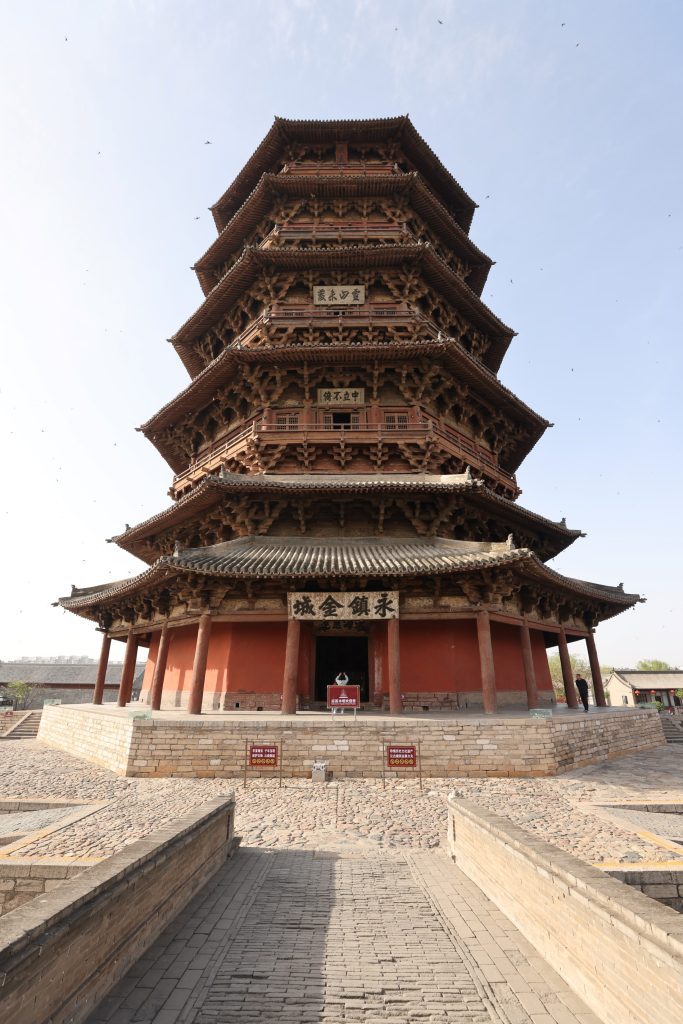

Even with its staggering resilience, the pagoda is showing its considerable age. Built in 1056 and recognized by UNESCO as the world’s oldest and tallest entirely wooden structure, the Yingxian pagoda faces the inevitable effects of time: weathering, structural fatigue, and the ever-present threat of wood decay. In fact, it is no longer accessible to tourists who would otherwise leap at the chance to step back in time.
Now, the pagoda’s unparalleled value to shared world heritage has inspired a revolutionary effort to preserve it for future generations. Lenovo, the global technology leader, will safeguard this ancient treasure using groundbreaking artificial intelligence (AI) technology. In collaboration with Tsinghua University’s School of Architecture, Lenovo launched the “Smart Yingxian Pagoda” project to create a digital twin of the pagoda that captures every exquisite detail of its architecture, from intricate wood grains to subtle imperfections in statues.
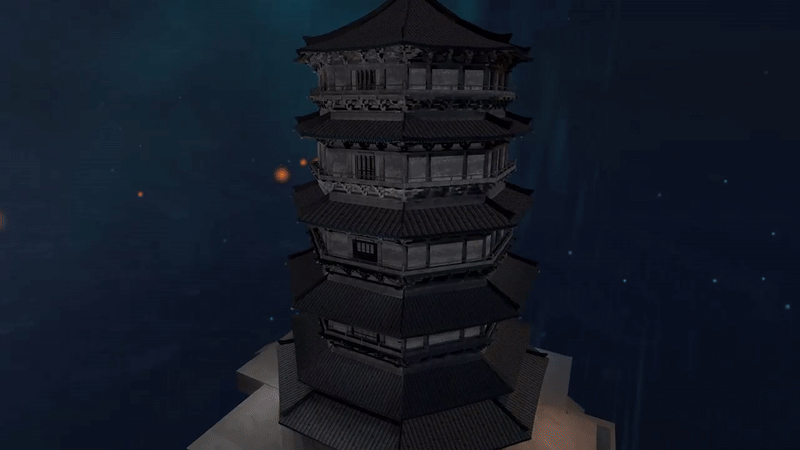

This AI-powered digital twin is much more than just a high-fidelity virtual model—the interactive, navigable experience democratizes access to the pagoda’s splendor, allowing people from around the world to explore and study its ancient halls. Moreover, it accelerates ongoing restorative efforts and ensures they strictly adhere to the original style, preserving the pagoda’s historical integrity.
“AI for cultural heritage is about using cutting-edge technology to reach back a thousand years to preserve these wonders for the future,” said Shijie Mao, Lenovo vice president and director of research in Shanghai “We relentlessly pursue innovation and transformation, especially in the era of AI, but always with an eye on our communities and human experiences. This initiative embodies our commitment to smarter AI for all.”
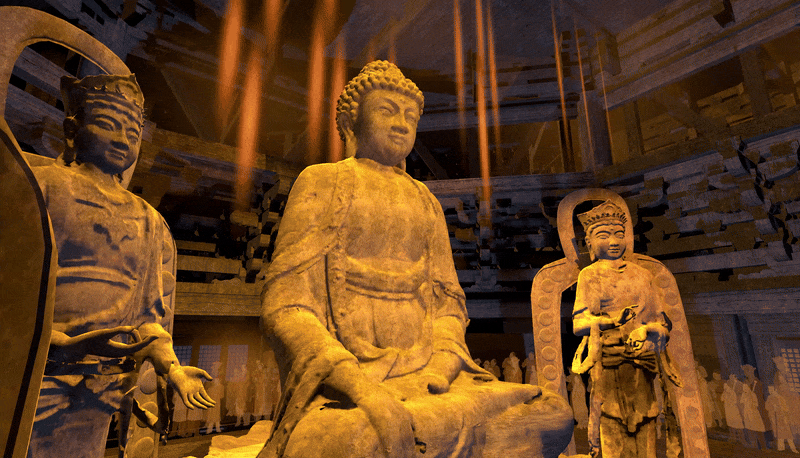

Situated in the northwest corner of Shanxi Province, the pagoda was built during the Liao Dynasty, a period . The Yingxian Wooden Pagoda predates the Battle of Hastings in England by a decade and the construction of Machu Picchu by an incredible four centuries. This context underscores the pagoda’s significance as a pinnacle of wooden architectural engineering, a legacy that now finds an unlikely ally in modern AI.
Lenovo’s technological expertise in spatial computing and AI-generated content (AIGC) technologies, including Neural Radiance Fields (NeRF) and Extended Reality (XR), has enabled the creation of a comprehensive virtual model. This “Digital Twin” encapsulates over 15 million facets and nearly 60,000 lines of Unity programming, offering an unparalleled level of detail and interactivity.
The “Smart Yingxian Pagoda” application provides a detailed virtual experience from the first to the fifth floors of the pagoda. Augmented reality (AR) props and large-scale animations enrich user engagement, simulating the experience of climbing the actual pagoda, which is currently restricted to tourists.
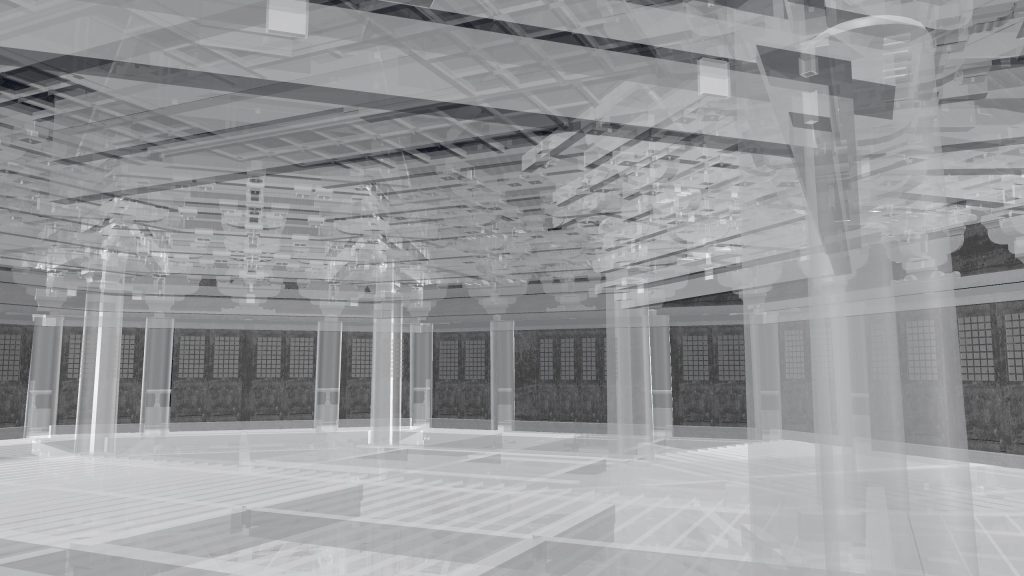

Drones flew around the pagoda to capture exterior footage, 360-degree cameras documented the interior, and a mix of cameras and laser scanners gathered detailed structural and textural data. This non-invasive approach ensures the pagoda’s preservation while allowing for a meticulous reconstruction. Remarkably, advanced AI algorithms then assembled the disparate data into one cohesive, immersive whole—a process now possible in less than 10 hours.
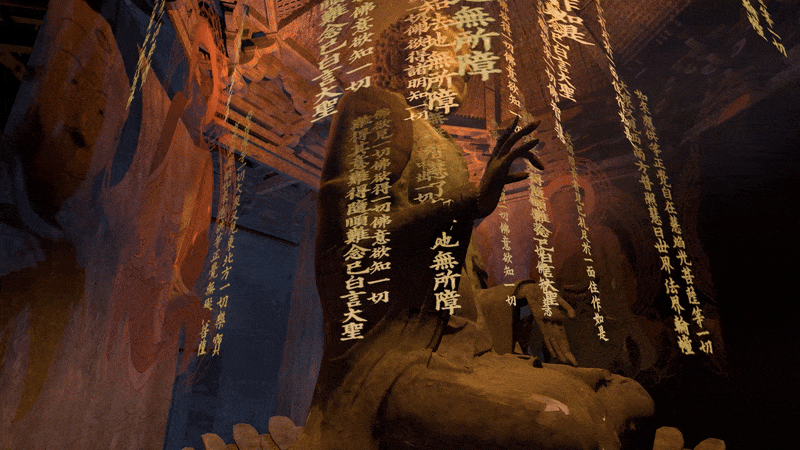

Looking ahead, Lenovo is exploring involvement in similar heritage preservation projects globally, welcoming opportunities for collaboration. This initiative showcases Lenovo’s AI capabilities and their applications across diverse fields, highlighting the beauty of using the latest technology to protect and preserve our shared human heritage.
Explore the “Smart Yingxian Pagoda” on Lenovo’s WeChat and learn more about Lenovo’s end-to-end AI solutions empowering individuals and transforming enterprises.
